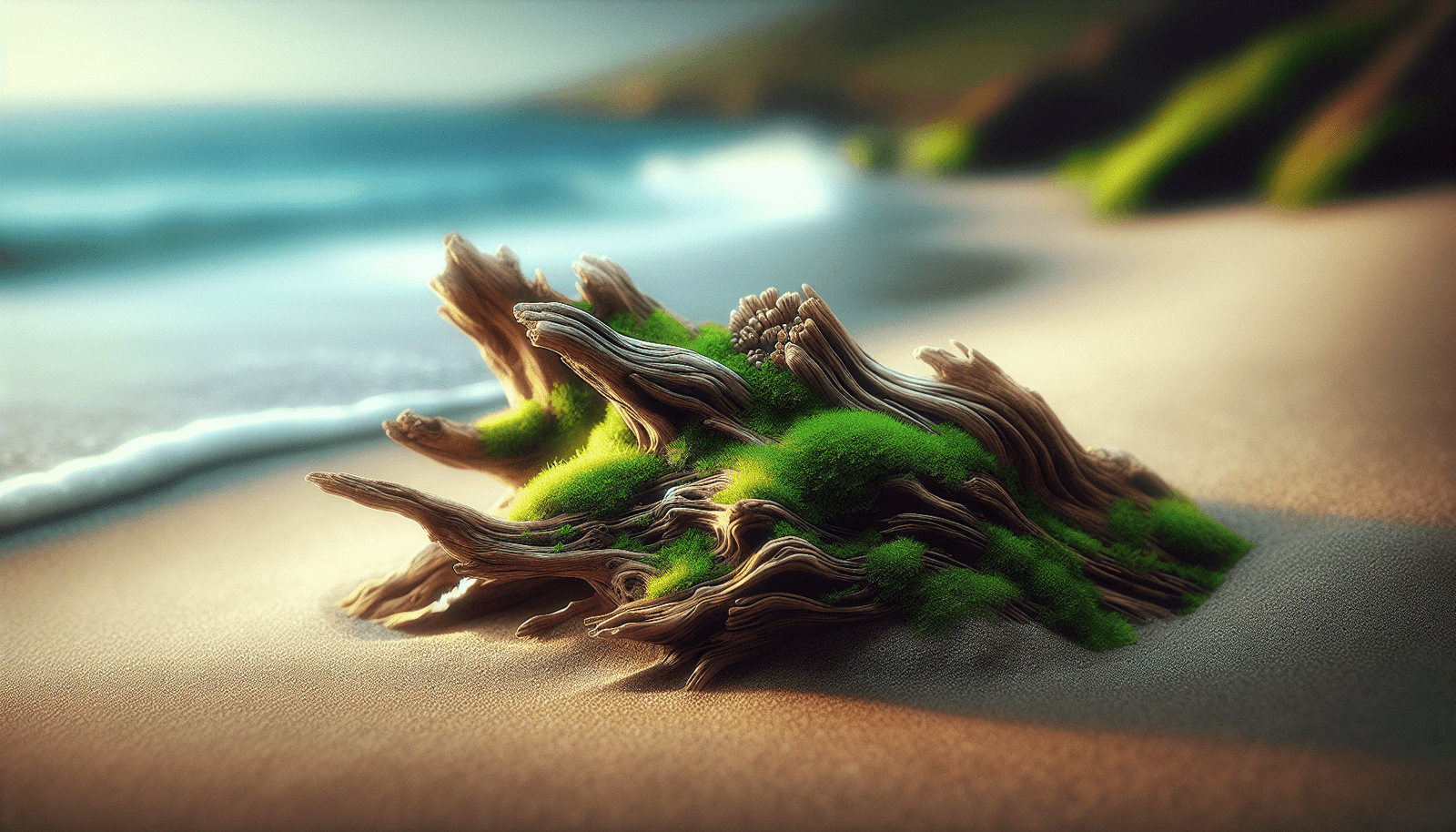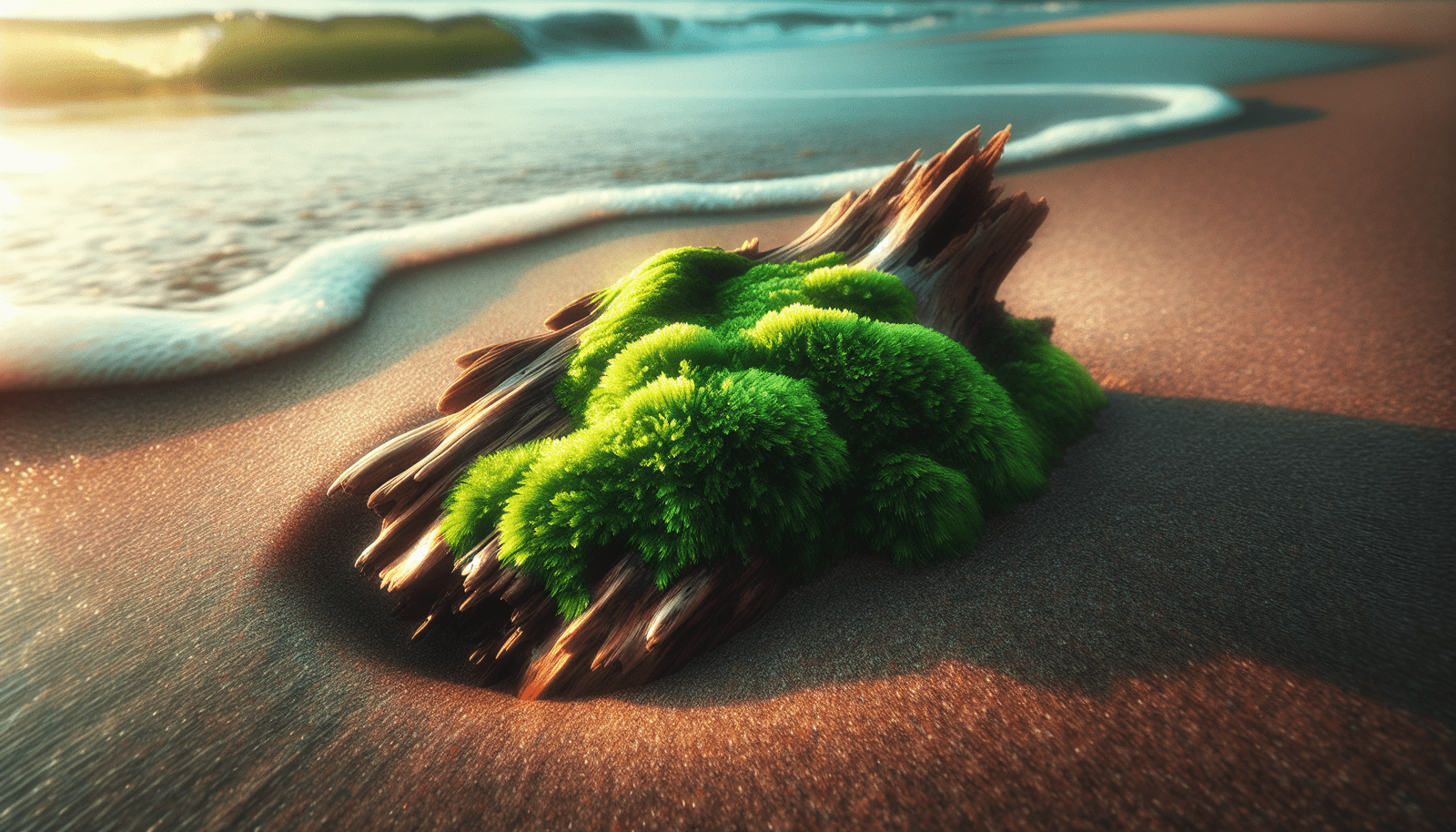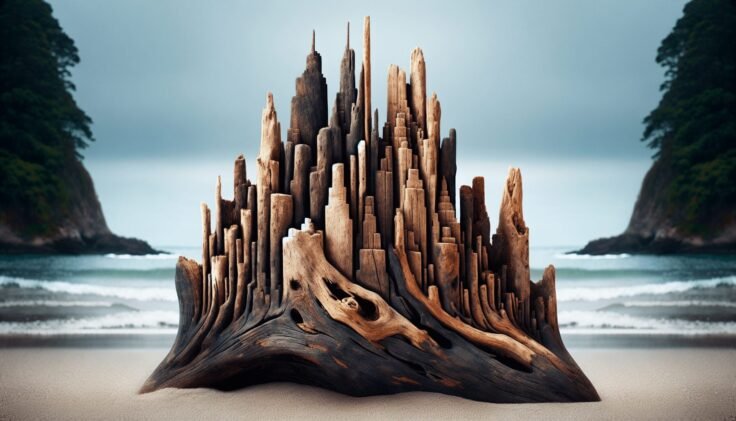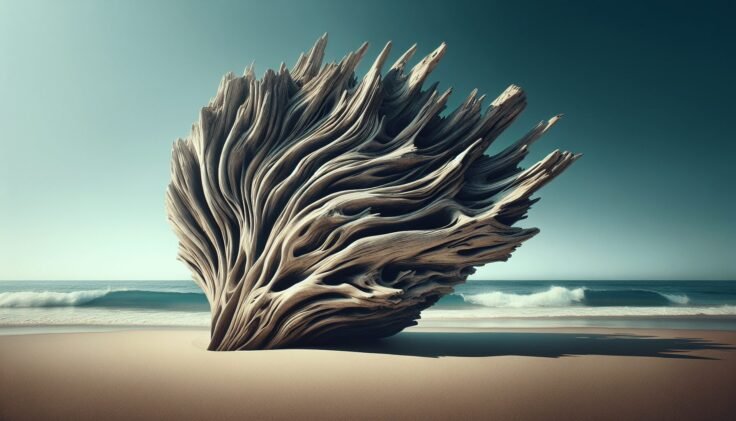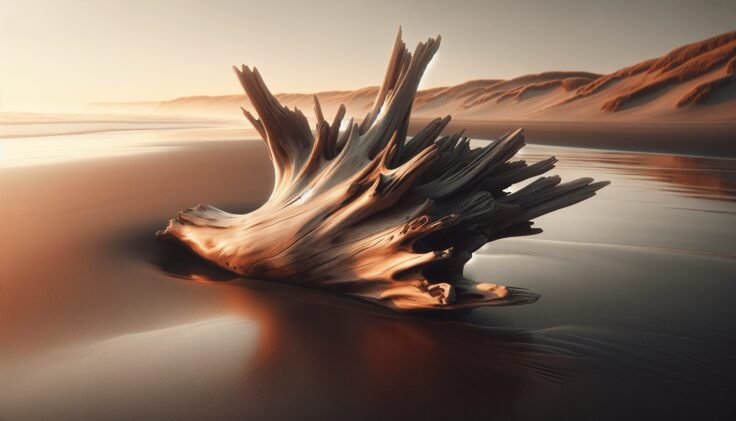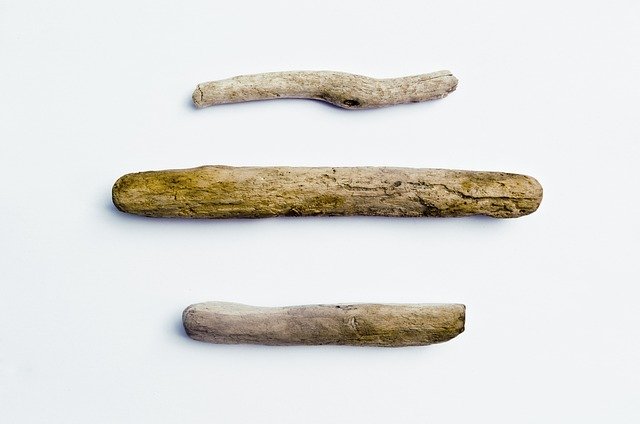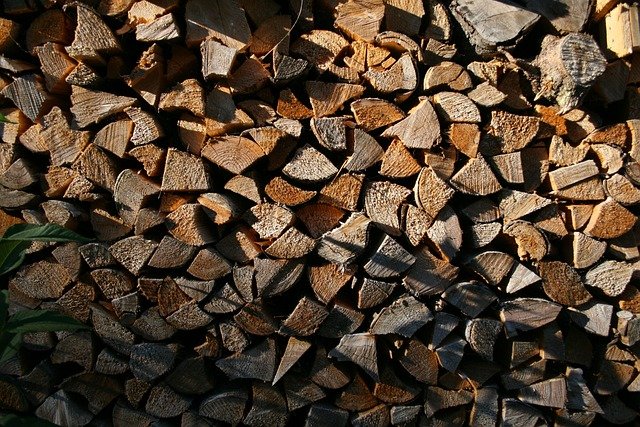Have you ever stumbled upon a serene beach, only to find a beautifully crafted arrangement of driftwood formed into what looks like a nest? Driftwood nests carry a fascinating blend of nature’s artistry and organic material, offering a unique perspective on the natural world around us. Constructed by elements like wind, water, and time, these nests hold secrets of the beaches and shores where they rest.
In this guide, let’s unravel the enchanting phenomenon of driftwood nests, exploring their formation, significance, and the opportunities they present for creativity and conservation.
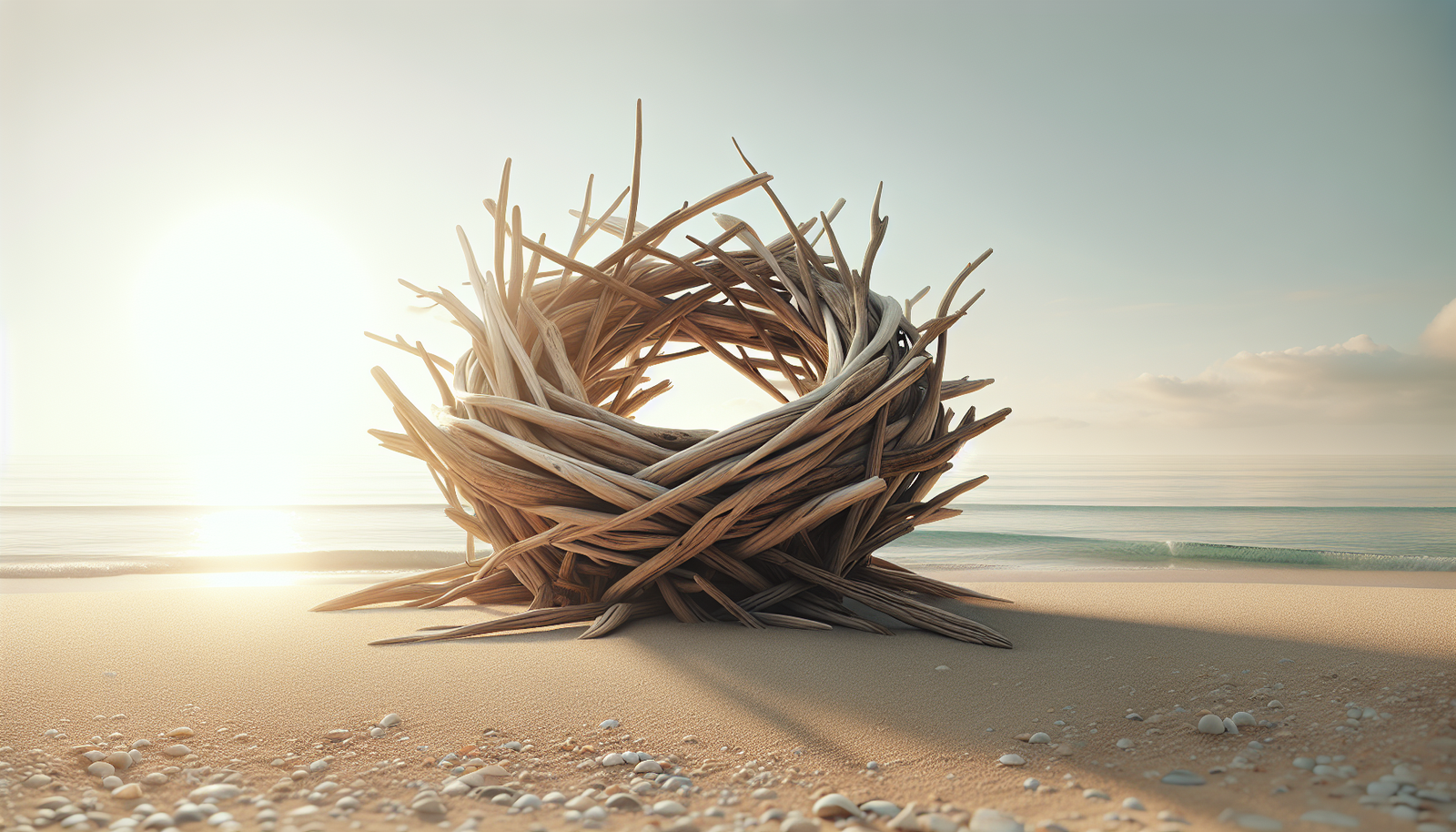
What is a Driftwood Nest?
A driftwood nest is essentially a natural formation or a deliberate creation made from pieces of driftwood. Driftwood is wood that has been washed onto the shore by the sea, lakes, or rivers. With time and exposure, it takes on a weathered look that brings its texture to life.
Natural Formation vs. Human-Made
While some driftwood nests appear naturally due to the elements piling the wood in intriguing manners, others are deliberately crafted by human hands. Nature’s random artistry often depends on the forces of tides and winds, whereas human-made driftwood nests can reflect specific designs or artistic expressions.
Significance in Nature
Driftwood plays a critical role in coastal ecosystems. It provides a habitat for countless organisms, from tiny invertebrates and insects to larger birds and small mammals. The nests made from driftwood become integral parts of these environments, offering shelter, food, and sites for breeding.
The Environmental Importance of Driftwood
Understanding driftwood’s ecological purpose helps us appreciate why preserving it in natural habitats is vital. Driftwood contributes to biodiversity and ecosystem balance. Let’s explore how.
Habitat and Shelter
Driftwood serves as temporary housing for various organisms. Small crabs, insects, and other critters often find refuge in these natural structures. Birds might use pieces of driftwood to construct their nests, benefiting from its sturdy and protective build.
Contribution to Biodiversity
By providing these habitats, driftwood supports a broader range of species compared to bare sands alone. This contribution helps maintain ecological diversity, ensuring that beach ecosystems remain vibrant and dynamic.
Driftwood Nest Craft
The allure of driftwood often pulls at the creative heartstrings, inspiring you to craft your own artistic interpretations and decorations. Building a driftwood nest serves as a form of self-expression and a tribute to nature’s resources.
Gather with Care
If you’re inspired to gather driftwood for crafting purposes, it’s vital to do so responsibly. Take only what you need, and be mindful of any creatures or plants that may rely on these pieces for their survival.
Essential Crafting Tools
Creating a driftwood nest doesn’t require an elaborate toolkit. Here’s a simple guide to get you started:
| Tool/Material | Purpose |
|---|---|
| Driftwood Pieces | Main material for crafting the nest |
| Twine or Wire | Used to secure pieces together |
| Glue (Eco-friendly) | Additional bonding, ensuring stability in more complex designs |
| Pliers and Scissors | For cutting wire and shaping your design |
Step-by-Step Guide
Design Your Nest: Sketch a rough idea or picture in your mind of what you’d like to create. Consider incorporating natural curves and texture.
Select Your Pieces: Choose driftwood pieces that suit your design. Mix lengths and thicknesses for an interesting structure.
Structure the Base: Begin by laying out your foundational path. A circular or oval shape often works best for the base.
Building Upward: Secure each layer of driftwood with a bit of twine or wire as you build upwards to create depth.
Finish with Details: Add smaller pieces to fill gaps and enhance texture. Use eco-friendly glue to strengthen if needed.
Display with Intent: Choose a location that highlights your creation’s character, like a garden or an indoor space.
Driftwood Nests and Art
Driftwood nests have become more than just a piece of art or craft. Artists incorporate these elements into larger installations and exhibits, often conveying poignant messages about nature and sustainability.
Art for Awareness
Many artists utilize driftwood not just for its beauty but to raise awareness about environmental concerns. Exploring themes like the fragility of ecosystems, these pieces often encourage viewers to contemplate their relationship with nature.
Crafting for Conservation
Crafting with driftwood can also transform into a passion for conservation. When people engage in creating these pieces, they develop a personal connection to the resources and environments they depict and portray. This level of engagement facilitates a deeper understanding and appreciation for safeguarding natural habitats.
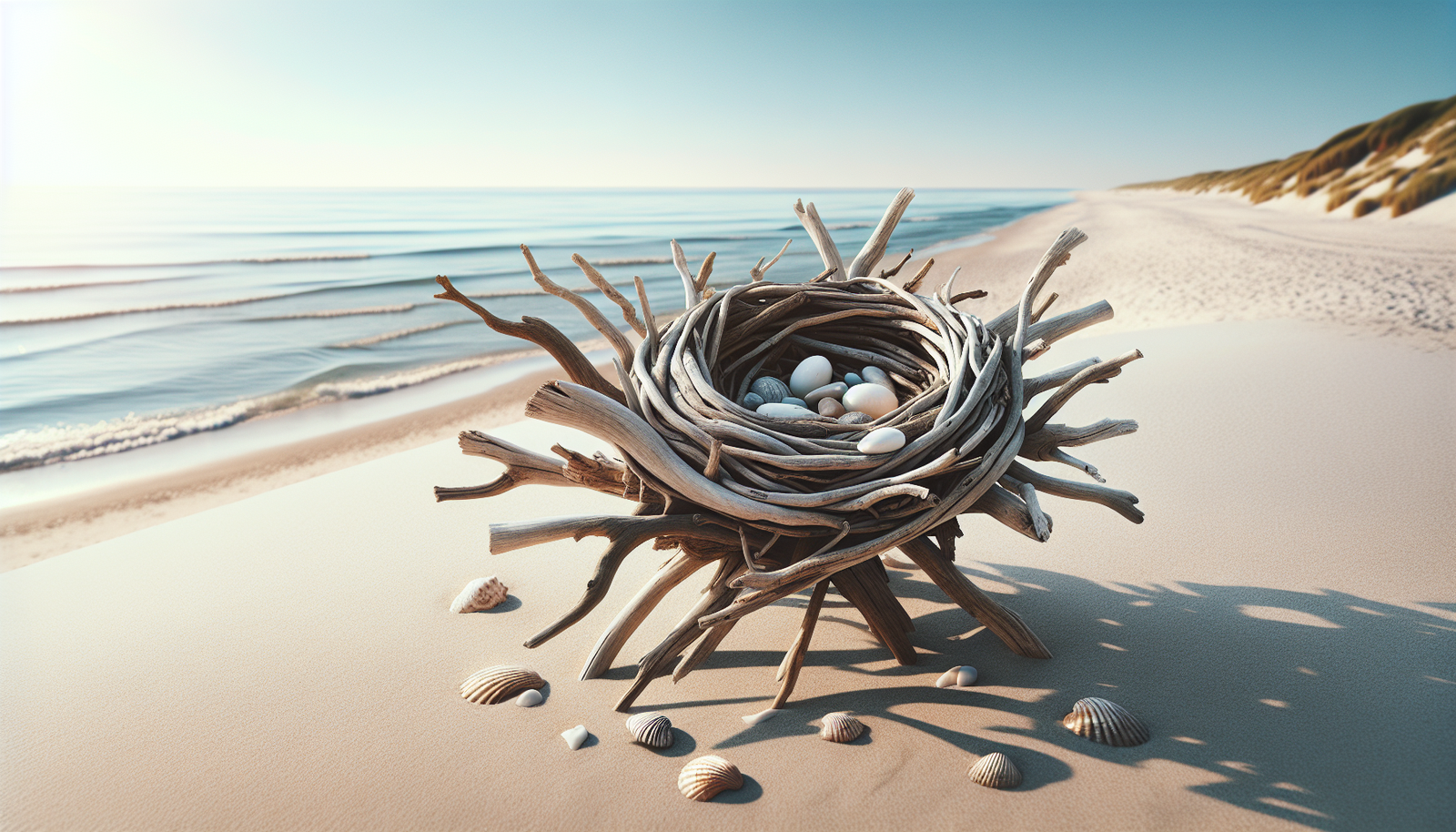
The Cultural Impact of Driftwood Nests
Culturally, driftwood has been a part of human expression for centuries. Indigenous cultures, coastal communities, and contemporary artists alike have found inspiration and meaning in driftwood’s weathered beauty.
Historical Connections
Indigenous peoples from various regions have used driftwood in their cultural practices, creating tools, building structures, and crafting narratives through carvings. These traditions underscore the material’s utility and beauty.
Modern Interpretations
Today, driftwood continues to inspire modern art, interior design, and personal artistic ventures. Whether as functional furniture, decorative pieces, or statement sculptures, driftwood maintains its place in our cultural landscape.
Sustainability Practices and Risks
While driftwood nests are enchanting, it’s important to address the environmental and sustainability considerations in their creation and collection.
Ecological Impact
Harvesting too much driftwood can disorient ecological balance, damaging coastal areas. Coastal erosion, habitat loss, and loss of biodiversity are real risks if driftwood is removed excessively.
Sustainable Sourcing
When sourcing driftwood, consider:
- Location: Avoid protected beaches where the removal of natural materials is prohibited.
- Legal Regulations: Understand the rules within your area regarding driftwood collection.
- Respect Limits: Only take what you need and leave enough for the ecological processes to continue uninterrupted.
Re-Thinking Driftwood Art
Embrace an ethos of ‘leave no trace’ by ensuring that any driftwood used in your crafts or art is sustainably and ethically sourced. This approach will not only benefit the environment but will also heighten the intrinsic value of your creations.
Engaging with Driftwood as a Community
There’s a communal aspect to appreciating and preserving driftwood through shared initiatives. Community projects can foster education and conservation around driftwood nests, alongside celebrating the artistry involved.
Driftwood Workshops
Organize or attend a community workshop on creating driftwood nests. These workshops can serve as platforms for sharing knowledge and skills while emphasizing the importance of sustainable practices.
Beach Clean-Up Events
Incorporating educational beach clean-ups with driftwood nest creation reinforces the connection between people and coastal conservation. During these events, community members can gather driftwood waste responsibly while learning about its ecological role.
The Lasting Beauty of Driftwood Nests
A driftwood nest, whether naturally constructed or artistically created, offers a tangible link to the natural world. It invites reflection on the interconnectedness of ecosystems, the beauty of nature’s resilience, and our role as stewards of the environment.
Each piece of driftwood tells a story of the journey it has been on, shaped by the elements over time. By respecting and preserving this resource, you can enjoy the allure of driftwood nests while contributing to the health and beauty of our natural environments.
In embracing the harmony between artistic expression and nature conservation, you can find fulfillment and purpose in the process, crafting creations that honor and protect the beaches and shores you love.
May you find inspiration along the shores, among the driftwood, and within the serenity of nature, carrying forward these creations with mindful respect and creative purpose.
